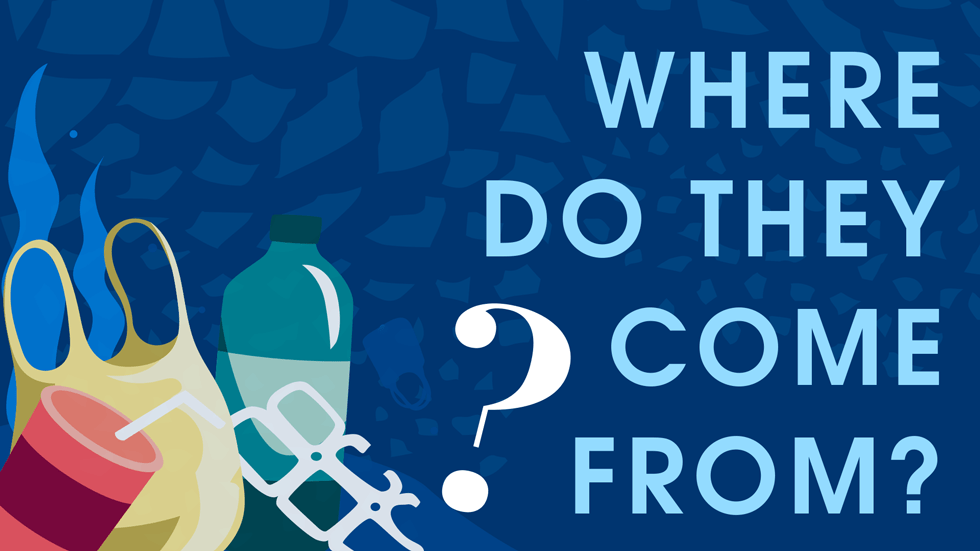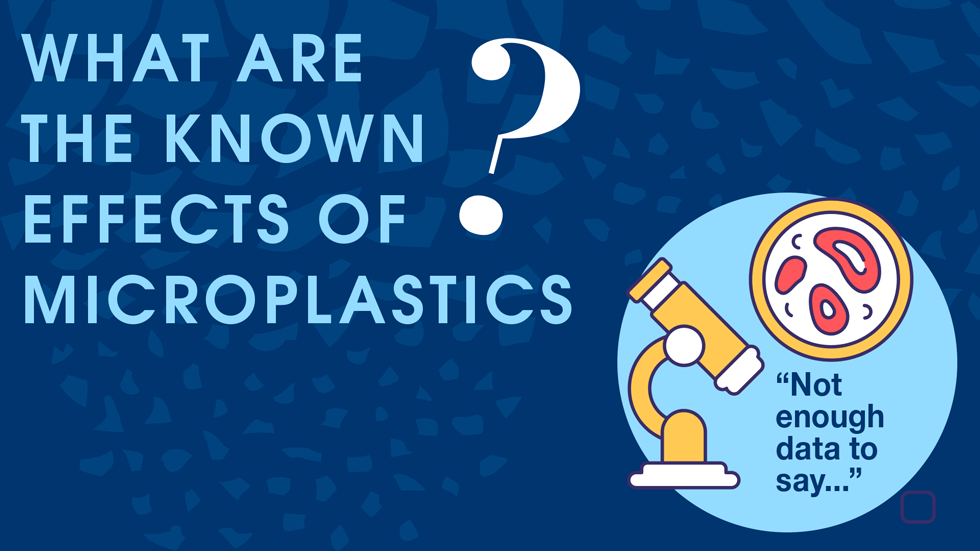Microplastics Explainer
MICROPLASTICS are being found across the world and even in our bodies. Want to know what they are, where they come from, and what we can do to help prevent them? To find out, read our Earth Day explainer.

The European Chemicals Agency (ECHA) defines microplastics as those smaller than 5 mm. These solid particles are composed of mixtures of polymers and functional additives and may also contain residual impurities.1

Microplastics can be classified as primary or secondary microplastics.
Primary ones are those that enter the environment smaller than 5 mm. There are seven major sources of microplastics2 : Tyres, synthetic textiles, marine coatings, road markings, personal care products, plastic pellets and city dust.
The release of microplastics from these sources is mostly unintentional, though there are some personal care products such as toothpaste and cleansers that add microplastics for their exfoliation or abrasive properties. The expectation is that these will be lost to the environment.
145,000 t/y of microplastics are used in Europe.3 Last September, the European Commission adopted measures that restrict them from being intentionally added to products by banning the sale of microplastics and products that contain and release them.
Secondary microplastics are those that are formed from the breakdown of larger plastics in the environment. This typically includes mismanaged waste such as discarded fishing gear, littered plastic packaging, and plastic lost from landfills.3
Another emerging cause for concern is nanoplastics, which are even smaller. These lack a standard definition. In 2018, researchers in France proposed4 that they be defined as plastic litter ranging from 1 nm to 1 μm in size, adding that they form when macro- and/or microplastics degrade.


From the digestive systems of creatures 10,000 m below sea level in the Mariana Trench5 to the clouds of Mount Fuji6, microplastics have permeated the world’s remotest corners. And yet, they are also closer than you think. Last year, researchers found microplastics in the heart tissue of patients undergoing cardiovascular surgery.7 They also found evidence that microplastics were unexpectedly introduced during surgery.

Numbers vary on how much is produced every year. The Marine Conservation Society estimates that of the 11m t of plastic that enters our oceans every year, and around 1m t is primary microplastics8. A detailed study by the United Nations Environment Programme (UNEP) in 2018 found that about 3m t of primary microplastics are released annually into the global environment.
The European Environment Agency estimates that on average each of us is releasing 400g of primary microplastics per year.9

There’s not enough data to say. The Organisation for Economic Co-operation and Development (OECD)10 and World Health Organization11 have called for more research. Scientific advisors to the EU filed a report in 2019 noting that while the “available evidence suggests that microplastic pollution at present does not pose widespread risk to humans or the environment, there are significant grounds for concern and for precautionary measures to be taken”.12 They called for efforts to prevent and reduce microplastic pollution.

We need to reduce the use of single-use plastics and prevent waste plastics from escaping to the environment where they shed microplastics.
We can scale up schemes to better collect and recycle waste plastics, including technologies like biodegradable plastics and chemical recycling.
Policymakers can put measures in place to address problem sources. The tyres on our cars shed microplastics as we drive. Reducing speed limits and incentivising public transport would help.
The OECD has called for improvements in product design and manufacturing to reduce microplastic shedding. Curbing fast fashion trends would help. Washing your synthetic clothing is a major source of plastic pollution. France has made microfibre filters on washing machines mandatory. Australia is set to do so in 2030.
For the rest of the world, that raw laundry water goes straight into the environment or wastewater treatment systems. A study published in February found that wastewater treatment plants can remove 95–99% of microplastics depending on the techniques used. Plants might adopt or be built with the most effective techniques including membrane bioreactors.13
Ultimately, we need more data so we can take more informed actions. This includes studying the health and environmental effects of microplastics, and standardising measurement and testing methods to bolster international and interdisciplinary research collaboration.
References
- https://echa.europa.eu/hot-topics/microplastics
- https://portals.iucn.org/library/sites/library/files/documents/2017-002-En.pdf
- https://www.eea.europa.eu/publications/microplastics-from-textiles-towards-a
- https://www.sciencedirect.com/science/article/pii/S0269749117337247?via%3Dihub
- https://oceanblueproject.org/plastic-pollution-in-the-mariana-trench/#:~:text=All%20deep%20trenches%20have%20been,stomach%20of%20the%20sea%20animals
- https://link.springer.com/article/10.1007/s10311-023-01626-x#Sec1
- https://www.acs.org/pressroom/presspacs/2023/august/microplastics-found-in-human-heart-tissues-before-and-after-surgical-procedures.html
- https://www.mcsuk.org/ocean-emergency/ocean-pollution/plastics/microplastics/
- https://www.eea.europa.eu/publications/microplastics-from-textiles-towards-a#:~:text=Globally%2C%20this%20corresponds%2C%20on%20average,end%20up%20in%20the%20ocean
- https://www.oecd.org/environment/waste/policy-highlights-policies-to-reduce-microplastics-pollution-in-water-focus-textiles-and-tyres.pdf
- https://iris.who.int/bitstream/handle/10665/326499/9789241516198-eng.pdf?sequence=5
- https://op.europa.eu/en/publication-detail/-/publication/f235d1e3-7c4d-11e9-9f05-01aa75ed71a1/language-en/format-PDF/source-108645429
- https://www.ncbi.nlm.nih.gov/pmc/articles/PMC10877293/
Recent Editions
Catch up on the latest news, views and jobs from The Chemical Engineer. Below are the four latest issues. View a wider selection of the archive from within the Magazine section of this site.




